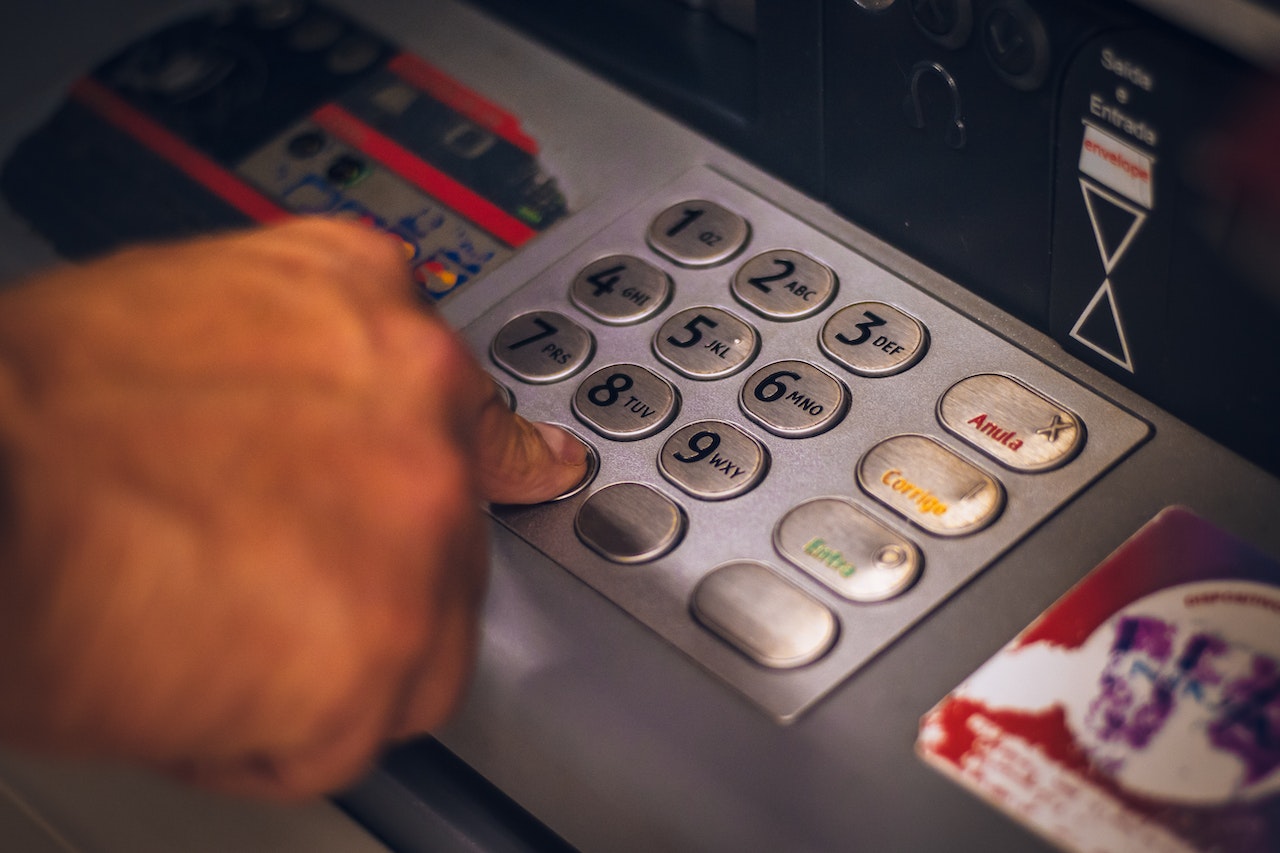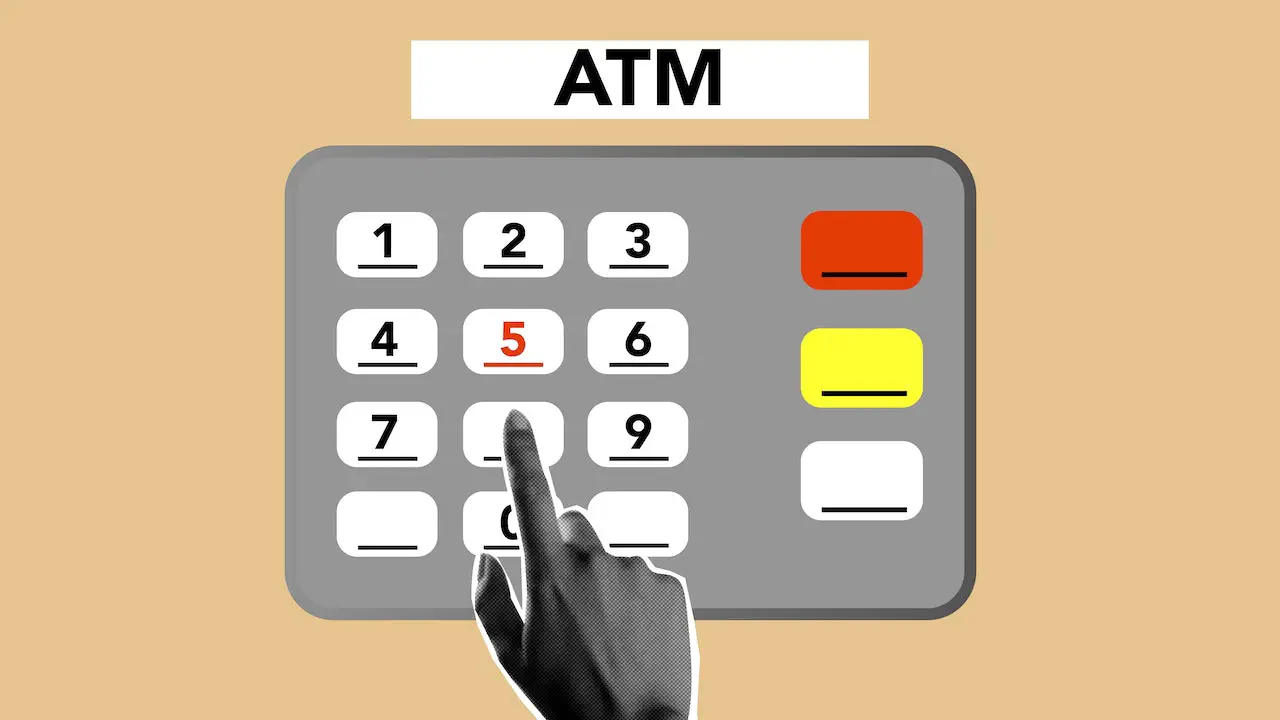It is interesting to watch how mobile banking apps and other financial technologies are pushing the frontiers of the banking industry.
Financial software development services prioritize mobile development following the unprecedented adoption of mobile banking. Insider Intelligence’s Mobile Banking Competitive Edge Study puts this at 89 percent, while 97% of millennials indicated that they use mobile banking.
This guide gives an overview of the current state of mobile banking within the broader banking industry and the role top banking apps will play in the future of the financial sector.

The Mobile Banking Market Outlook
Mobile banking comprises services that allow users to make financial transactions using their mobile devices. Mobile banking apps offered by traditional or digital banks can allow users to check account balances, transfer funds, deposit checks, pay bills, and more.
In the past few years, more people have been choosing to do their banking on their mobile phones. According to ReportLinker, the global mobile banking market is projected to reach $1,824.7 million by 2026, from its value of $715.3 million in 2018. As expected, the mobile banking sector looks quite different now than it was a few years ago.
1. Personalized Services in Top Banking Apps
Customers who access banking services from their devices are demanding more personalized services. As a result, top banking apps now feature more personalization on products and services and prompt customer assistance and self-service.
2. Increased Investment in Mobile
As mobile takes priority, players in the financial sector increasingly invest in their mobile platforms. They are improving their existing products’ speed, efficiency, and customization and looking to new developments powered by emerging technologies.
Modern mobile applications can do much more than basic financial transactions; they offer features that support the user’s daily life.
3. New Opportunities Emerging Technologies
Advanced technologies like big data, AI chatbots, and blockchain technologies are implemented in mobile apps to create value for customers. In addition, these emerging technologies create opportunities to improve ease of use, personalization, and security on mobile platforms.
4. Mobile Banking Services on Smart Devices
Smart devices like Siri and Google Assistant form a new frontier for mobile banking services. Mobile apps use smart bots linked to these smart devices to offer real-time superior customer service to customers.
5. Data Privacy and Security Concerns
Despite technological advances, concerns about data privacy and security persist. For example, customers share concerns about location data privacy, identity theft, and malicious attacks.
Furthermore, connectivity issues and lack of network infrastructure in developing countries negatively affect cross-border financial services via mobile platforms.

Interesting Mobile Banking Statistics to Watch
Here are some of interesting mobile banking statistics to know:
1. Mobile Apps are the preferred Mobile Banking Options
According to a Google study, six out of every ten mobile users choose to manage their accounts on mobile banking apps against mobile websites and other platforms.
Availability, convenience, and trust are factors driving their preference. These apps give users 24-hour access to banking services. In addition, these apps are increasingly easy to use.
Customers need only to download and sign up to enjoy the features. Improved security features have also increased trust in these apps.
2. Service Personalization Increases Revenue
In its report, McKinsey found that finance apps can increase revenue growth by up to 15 per cent through personalization.
When the application experience is tailored to each user’s needs and preferences, sales engagement increases which, in turn, boosts the bottom line.
3. Transparent Firms are seen as Trustworthy
A study about customers’ preferences found that nearly 70 percent believe that they are more likely to trust a company that is honest and transparent in its use of data.
Furthermore, 42 per cent of users expect banking apps to give ample details about their data policies.
4. Mobile Banking App Engagement Grew during the Pandemic
The covid-19 pandemic saw Mobile banking user engagement hit 94 percent, leading the overall positive interaction rates for finance apps.
Despite the economic turmoil during the pandemic, digital finance platforms got a boost which has continued post-COVID.

Main Trends in Mobile Banking
Here are some of the growing trends in mobile banking today:
1. Biometric Security Becomes Prevalent
Biometric authentication will become the predominant security feature in mobile banking applications.
Apps will use more biometric security solutions like fingerprint, voice, and face recognition to tackle the growing security challenges. Biometric authentication is projected to support over $3 trillion in transactions in 2025, up from $404 billion in 2020.
These biometric solutions can often augment traditional authentication to tackle identity theft, phishing, and other online security threats.
2. Voice Payments Is Going Mainstream
Voice payment enabled by digital assistants like Siri and Alexa is expected to gain traction.
Mobile banking developers are integrating these app features to allow users to make transactions via voice prompts. These features are sure to improve user experience and brand loyalty.
3. Mobile Banking Apps Grow in Popularity
Adoption of mobile banking apps has continued to increase in the past few years, even during the COVID pandemic. People use these platforms to make transactions, make withdrawals, etc.
In addition, these apps allow users to do more–manage loans, payrolls, pay bills, plan budgets, and other services. Adoption is predicted to increase as the app features produce more efficiency, customer satisfaction, and lower costs further.
4. Machine Learning and Artificial Intelligence
Financial institutions use machine learning (ML) and artificial intelligence (AI) technologies to identify and solve user needs. These technologies allow banks to collect and analyze large amounts of customer data for patterns.
For example, ML algorithms can help profile each and establish an individual’s KPIs. ML models also safeguard systems by monitoring and halting suspicious activities.
In addition, banks use various AI solutions to address several challenges and personalize the mobile banking experience. For instance, AI bots can be programmed to execute specific tasks, reducing customer waiting time.
Chatbots are expected to save banks globally over $7 billion in operational costs worldwide this year.
5. Cardless ATM withdrawals
Customers can interact with ATMs and make withdraws more easily and securely using only their smartphones.
Mobile apps and improved NFC technology and QR code technologies eliminate the need for ATM cards and the security risks associated with them.
6. Relevance of Blockchain Technology
Decentralized distributed ledger or blockchain technology has the advantages of automated transactions and information authenticity.
Despite the mixed fortunes of cryptocurrency, financial players are keen on the opportunities that come with the underlying technology. 53 per cent of C-level officers in a 2020 Deloitte survey consider blockchain as an important part of their organizational infrastructure.

Summary
Mobile banking platforms offer a lot more than they used to, as financial software developers are constantly adding features that affect users’ daily lives. This is driving the adoption of mobile banking globally.
New technologies like AI, ML, and blockchain are opening up new areas of opportunity, even as biometric authentication is countering growing security concerns.

I am Adeyemi Adetilewa, an SEO Specialist helping online businesses grow through content creation and proven SEO strategies. Proficient in WordPress CMS, Technical Site Audits, Search Engine Optimization, Keyword Research, and Technical Writing (Portfolio).
I help brands share unique and impactful stories through the use of public relations, advertising, and online marketing. My work has been featured in the Huffington Post, Thrive Global, Addicted2Success, Hackernoon, The Good Men Project, and other publications.


